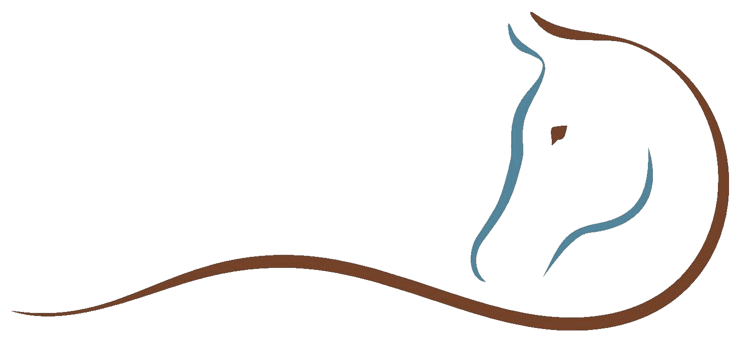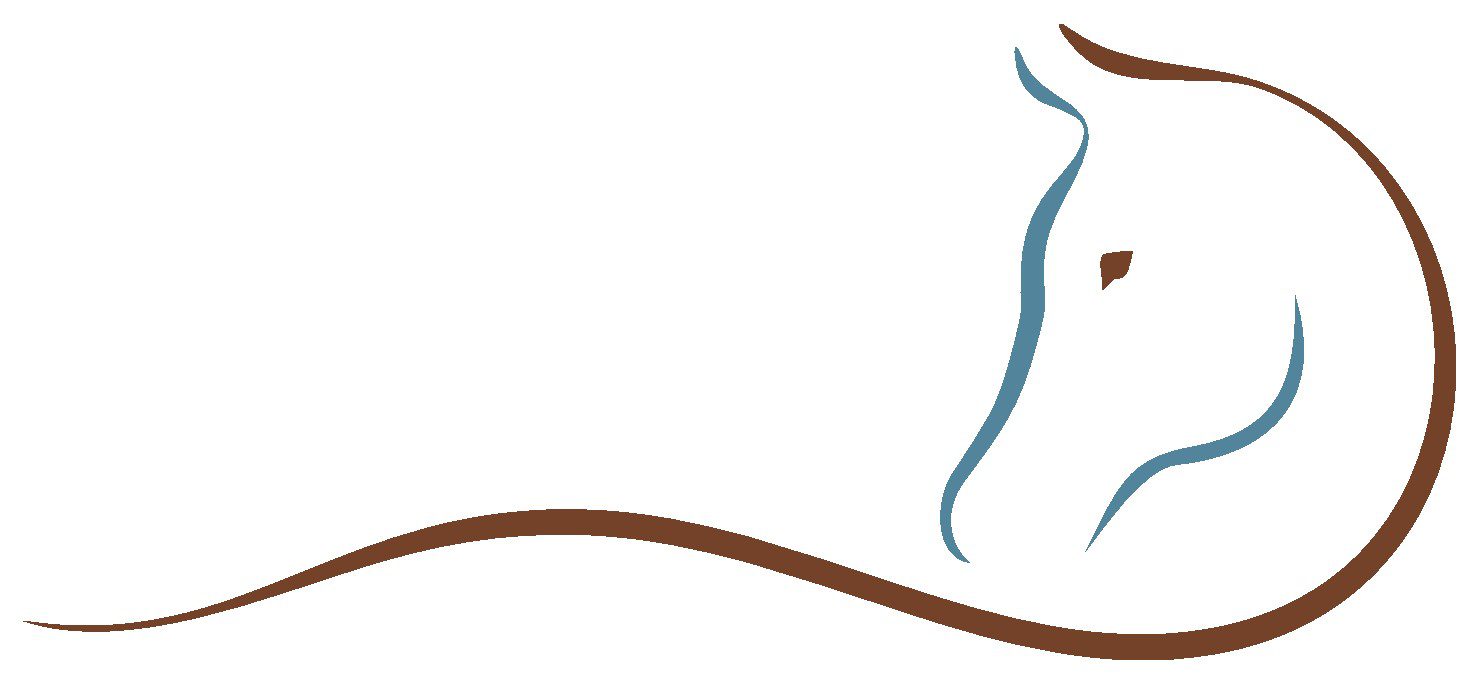Achieve Optimal Health for Your Horse With Equine Bodywork
Why Equine Bodywork?
Equine bodywork can have a profound effect on both the nervous system and the skeletal muscular system of the horse.
I combine the Masterson Method, Craniosacral, and Equissage techniques along with PEMF to create a successful bodywork plan unique to your horse.
Some benefits of the equine bodywork are:
- Pain Relief
- Relief from Restlessness and Stress
- More Efficient Movement
- Improved Posture, Circulation, Muscle Tone, and Flexibility
- Immune System Support
- Injury Prevention
The Masterson Method
Is an interactive method of equine bodywork in which you work together with the horse. This is performed by gently and purposefully placing your hands on the horse in isolated locations throughout the body.
I watch for a response and allow the horse to release the accumulated tension in key junctions in the body. Those key junctions are: the poll-atlas, the neck‑shoulder-withers (Cervical‑Thoracic C7‑T1), and the hind-end (Sacroiliac).
Unlike traditional massage, this method allows the horse to actively participate in the process of releasing tension.
This technique may improve performance in competitive horses and aid in overall health with our barn horses, while bridging communication and trust between horse and rider.
Our horses will naturally and visibly enter a relaxed state, showing their releases through deep blinking and twitching of the eyes, quivering of the lips, changes in breathing, sighing, dropping their head, licking and chewing, snorting or sneezing, shaking their head or body, and yawning.
For those horse owners interested in learning these bonding and useful techniques, I would be happy to share these invaluable tools so you may be able to use them on your own.



